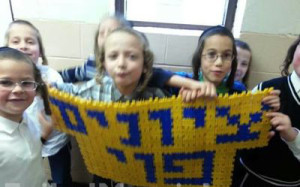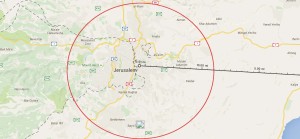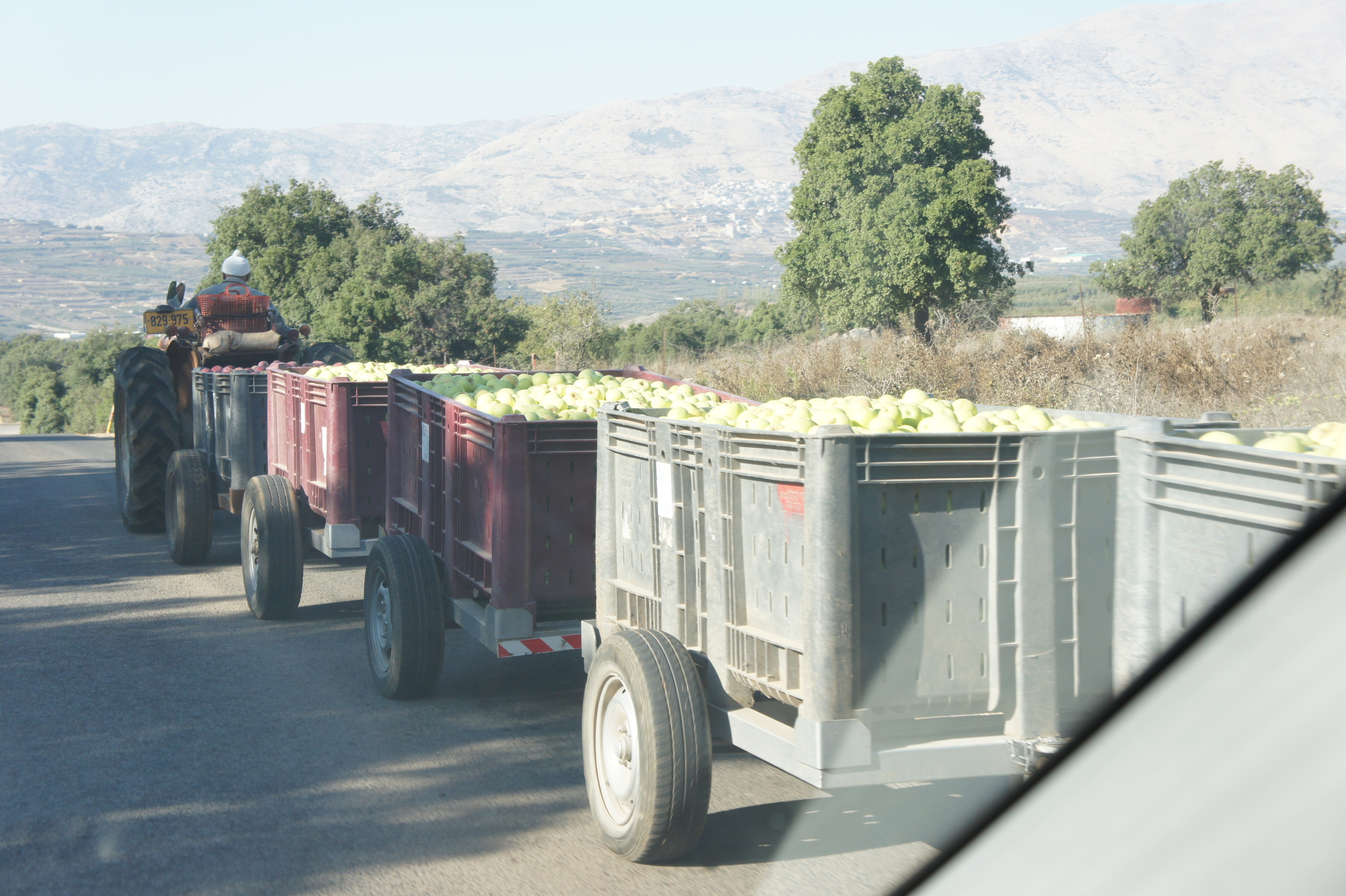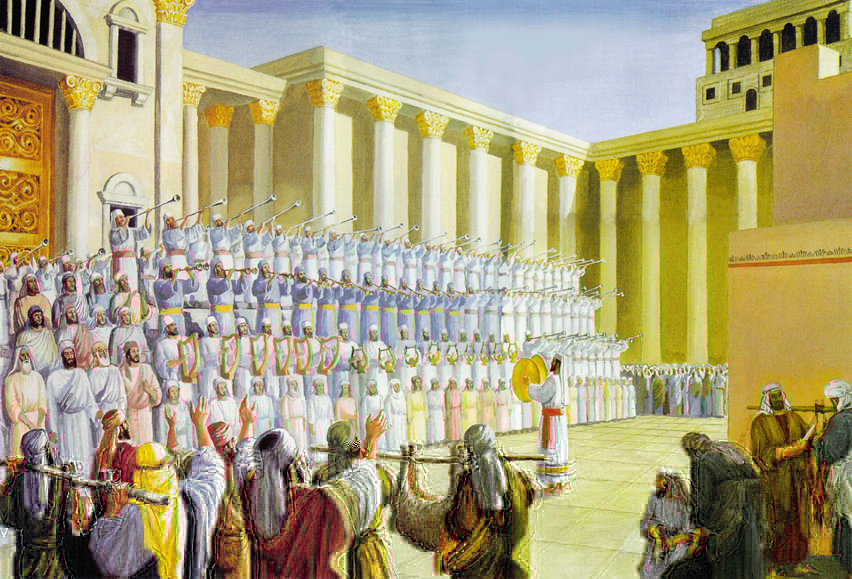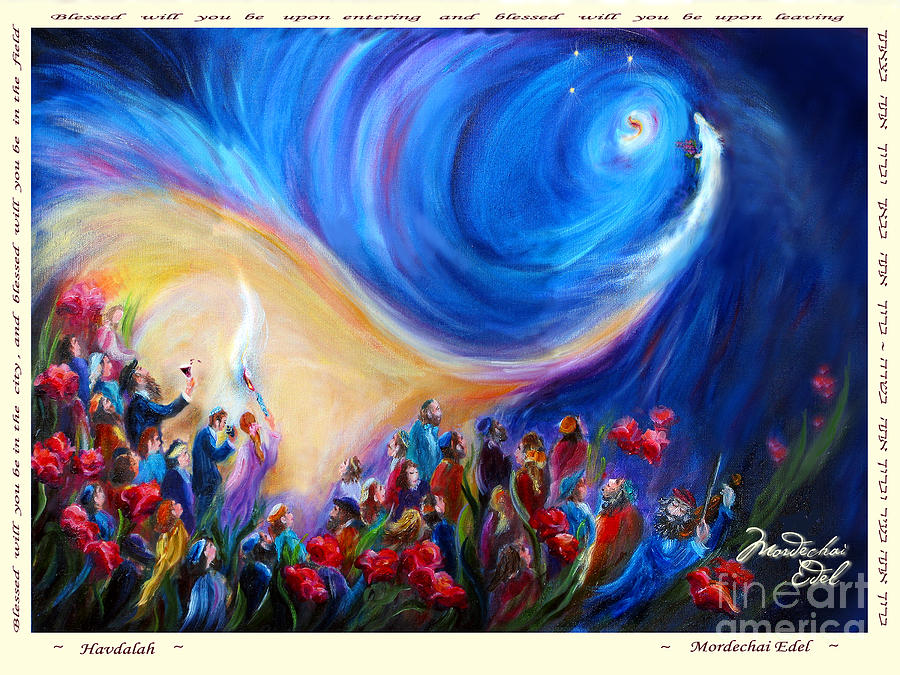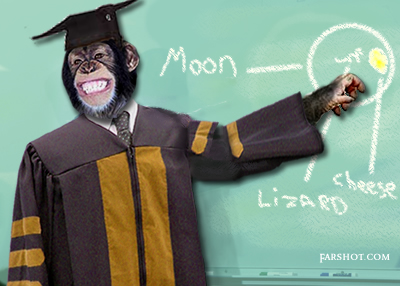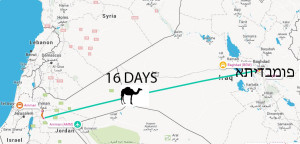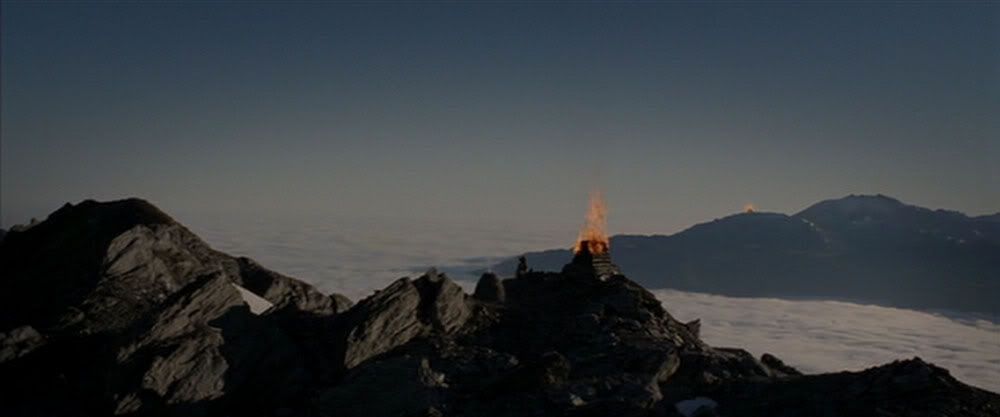Beitzah 5b,
1- We studied the text of the Kesef Mishna regarding the opposing opinions of the Rambam and the Ra’avad regarding a 2nd Beis Din overturning a prior Beis Din’s Takanah – an enactment by a Beis Din based on a particular reason.
Now years later the reason is no longer valid: All agree that the enactment – Takanah/Gezeira- does not simply disappear on its own. Another competent Beis Din needs to convene and take a vote to revoke the Takanah.

The question is whether the second Beis Din needs to be greater in “intelligence and count” גדול בחכמה ובמנין – than the original Beis Din that enacted the Takanah to begin with with.
The Rambam’s opinion is that it needs to surpass the previous Beis Din whereas the Ra’avad disagrees and rules that any Beis Din can reverse a previous ruling if the original reason and cause of the Takanah is no longer applicable.
See previous Shiur where the students of Reb Eliezer make him aware of a Takanah that was reversed by Reb Yochanon ben Zakai.

The Ra’avad’s point is that surely Reb Yochanon ben Zakai was not greater than the originators of this particular Takanah. And yet he did reverse his predecessor’s proving his point that when the reason no longer exists any Beis Din can rescind it.
2- Interestingly, the Kesef Mishna attempts to defend the Rambam’s position by saying “and who says that Reb Yochanon ben Zakai was not greater than the Beis Din that originally enacted this Takanah?”
He then goes into a lengthy historical themed argument based on the Gemara that Hillel had eighty students. The greatest was Reb Yonason ben Uziel and Reb Yochanon ben Zakai being the “smallest”!
So Reb Yochanon ben Zakai was indeed “smaller”… So is the Ra’avad correct?

But, he says, that Reb Yochanon ben Zakai was also well versed in all areas of knowledge including the “conversations of demons…” etc.
So perhaps his knowledge in comparison to his colleagues was ‘small’ in areas not of Torah.
The fact is that from all 80 students of Hillel it was Reb Yochanon ben Zakai who succeeded Hilled as Nasi!

3- We discussed the Takanahs that had a set time limit on inception. Such as “do not drink the water from this well until Pesach”.
Pesach passes – do we need an Beis Din to recind this Takanah or is it self expired.
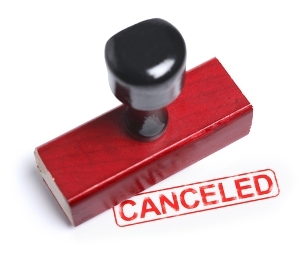
Rashi elsewhere is Shas seems to say that we do, whereas Tosfos in our Mesechta is in the opinion that we do not.
4- In passing we mentioned the connection of our Gemora to the religious Zionist Mizrachi movement. 
One of their basic points (as opposed to all others in the Chareidi camp) was that the Beis Hamikdosh can be built even before the coming of Moshiach. They based this belief on a Yerushalmi of which the first part is quoted in our Gemara.
The words of the Yerushalmi: Said Reb Acha “this means that the Temple will be rebuilt before the kingship of the house of David.”
See here from the Satmar site:
The Zionists, however, have found one source that seems to say that the Temple will be built before Moshiach. The Torah says that the fruits from the fourth year in the life of a fruit-bearing tree must be eaten in Jerusalem. But if the owner wishes, he may transfer the holiness of the fruits onto money, bring the money to Jerusalem, buy food and eat it there.

The Rabbis enacted that within a one-day radius of Jerusalem, the fruits themselves and not their monetary equivalent must be brought, so as to beautify the streets of Jerusalem with fruit.
When the Temple was destroyed and Jerusalem fell into the hands of the Romans, there was no longer any need to beautify it, so the Rabbis suspended their decree and allowed the redemption of the fruits with money. However, they stipulated that whenever the Temple would be rebuilt, the decree would automatically come back into force (Mishnah Maaser Sheini 5:2). The Talmud Yerushalmi says, “This means that the Temple will be rebuilt before the kingship of the house of David.”
5- We spoke where the Rebbe mentions another Yerushalmi that was also used as a basis for the outlook of religious Zionism.
The Rebbe points out that surely the Rambam was well aware of this Yerushalmi and yet he rules that Moshiach will come prior to the building of the Beis Hamikdosh’.
See here. Footnote 51, 3rd paragraph.
